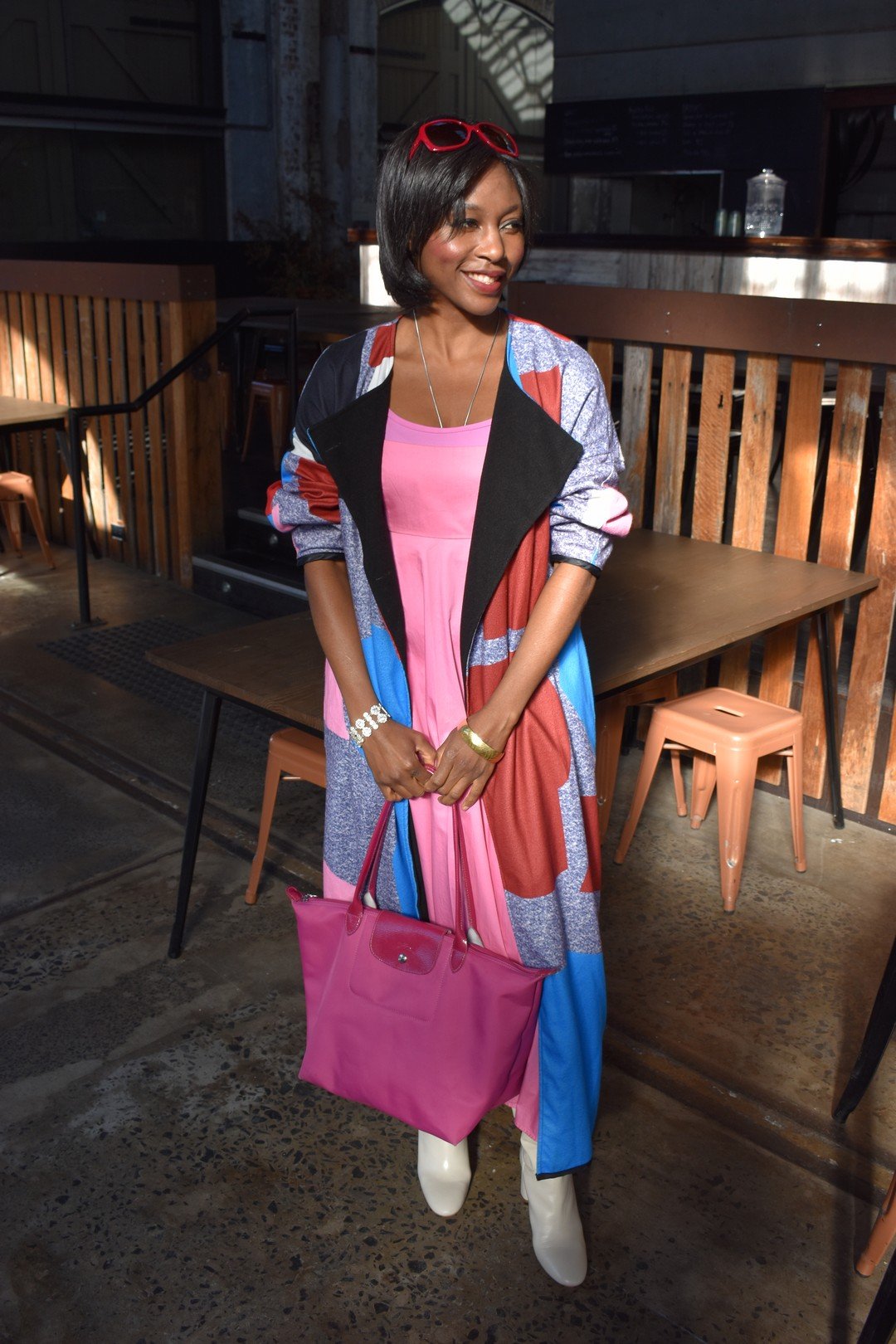It's Secondhand September again this year which feels a little redundant for me because almost everyday has been a "secondhand September" day for me since I was a kid! As a matter of fact, about 99% of my extensive, eclectic wardrobe is secondhand.
Nevermind though because now that the world is finally catching on to the glory of preloved clothing, we have to keep the momentum going! Secondhand September gets bigger every year. So here's my all secondhand and thrifted ensemble: a colourful long coat, a pink dress, a pink bag, red sunglasses and ivory-coloured boots!
According to thredUP's 2022 Resale Report:
70% of consumers say it’s easier to shop secondhand now than it was 5 years ago.
Resale is expected to grow 16 times faster than the broader retail clothing sector by 2026.
The global secondhand apparel market will grow 127% by 2026 – 3X faster than the global apparel market overall!



